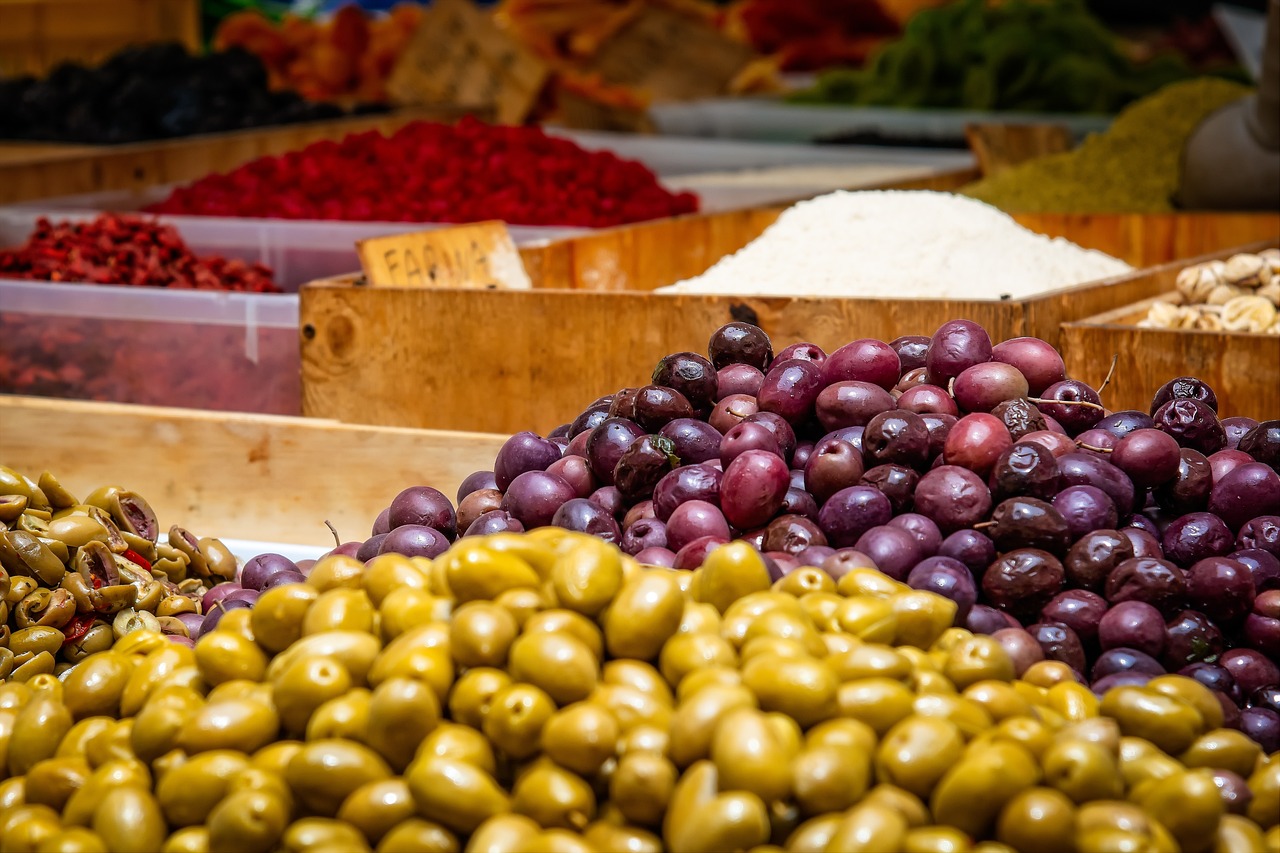Is Olive a Fruit or Vegetable? Best Solution for Cooking problem
Have you ever found yourself pondering over whether an is olive a fruit or vegetable? This seemingly simple question often stirs up a flavorful debate in culinary world. Let’s embark on a journey to unravel this age-old conundrum and knowing essence of olives.
At first glance, olives might be mistaken for vegetables due to their common inclusion in savory dishes and salads. However, truth lies in the botanical classification. Botanically speaking, is olive a fruit or vegetable, indeed, fruits. They are small, fleshy gems that emerge from olive tree, known scientifically as Olea europaea.
These little wonders not only add a burst of flavor to our meals but also boast a rich history, being cultivated for thousands of years.
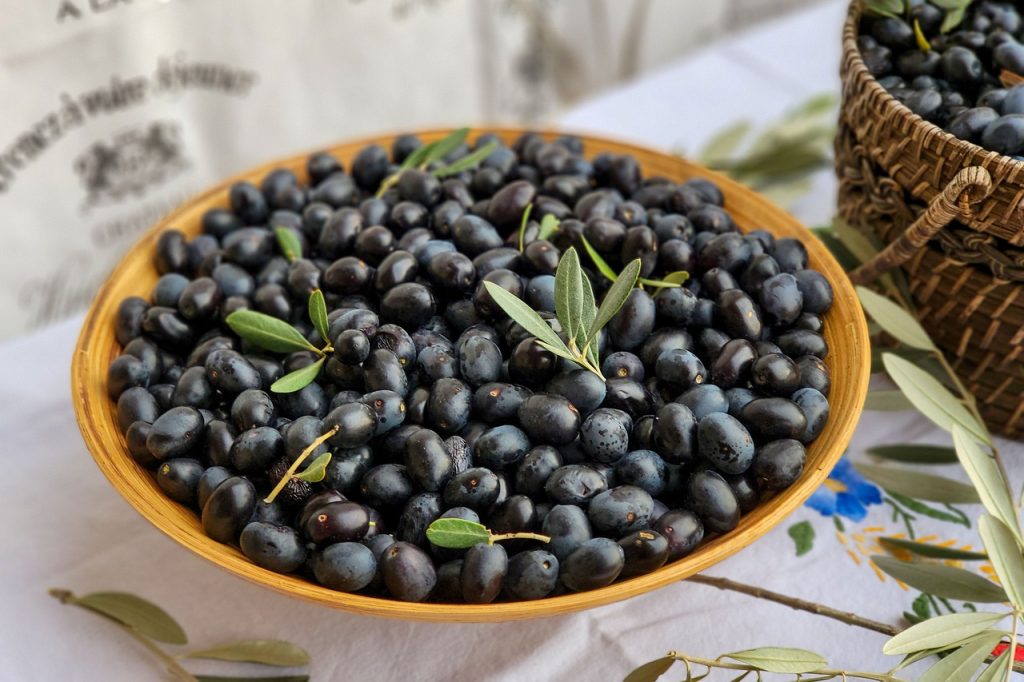
Originating from Mediterranean region, is olive a fruit or vegetable? have become a staple in various cuisines worldwide, appreciated not only for their taste but also for their nutritional value.
When we delve into the anatomy of an olive, we find a pulpy flesh surrounding a hard pit or stone, characteristic of many fruits. This places olives firmly in fruit category, although their savory and sometimes bitter taste might suggest otherwise.
Is olive a vegetable or fruit traditions often blur lines between fruits and vegetables.Olives are no exception. Whether enjoyed as a standalone snack, pressed into oil, or incorporated into dishes, olives bring a rare and distinct flavor profile that can elevate any culinary creation.
Is an olive considered a fruit or a vegetable?
In culinary world, olives are fruits, not vegetables. Despite their savory presence in salads and dishes, botanically, they belong to fruit category.
These small, flavorful wonders emerge from olive tree, bearing pulpy flesh surrounding a hard pit. This botanical fact influences how we perceive and use olives in our kitchens.
So, the next time you savor their taste, remember, olives are not just a vegetable; they are fruits, adding a burst of flavor and a touch of history to your meals.
Decoding the Olives Dilemma: Botanical, Culinary, and Cultural Insights
1. Botanical Classification: Olives Are Fruits
Olives fall into botanical category of fruits due to their origin on olive tree and presence of a pulpy flesh surrounding a central pit.
2. Culinary Confusion: Olives in Savory Dishes
Despite their fruit classification, olives are often associated with vegetables in culinary contexts, especially when used in savory dishes and salads.
3. Distinctive Characteristics: Flesh and Pit Composition
The anatomy of an olive, with its fleshy exterior and hard pit, aligns with the typical characteristics of fruits, solidifying its classification in this category.
4. Historical Roots: Olives in Mediterranean Cuisine
Olives boast a rich history, originating from Mediterranean region, where they have been cultivated for thousands of years, influencing their culinary usage.
5. Sensory Perception: Savory Taste, Fruity Origin is olive a fruit or vegetable
The savory and sometimes bitter taste of olives can be misleading, but examine their fruity origin helps clarify apparent contradiction in flavors.
6. Cultural Influence: Culinary Traditions and Perspectives
Cultural and regional perspectives impact how olives are perceived, sometimes blurring lines between fruits and vegetables in culinary traditions worldwide.
7. Practical Implications: Classifying Olives in the Kitchen
Recognizing olives as fruits on a botanical level can influence how they are used and appreciated in kitchen, adding a layer of fascination to these small, flavorful additions to our meals.
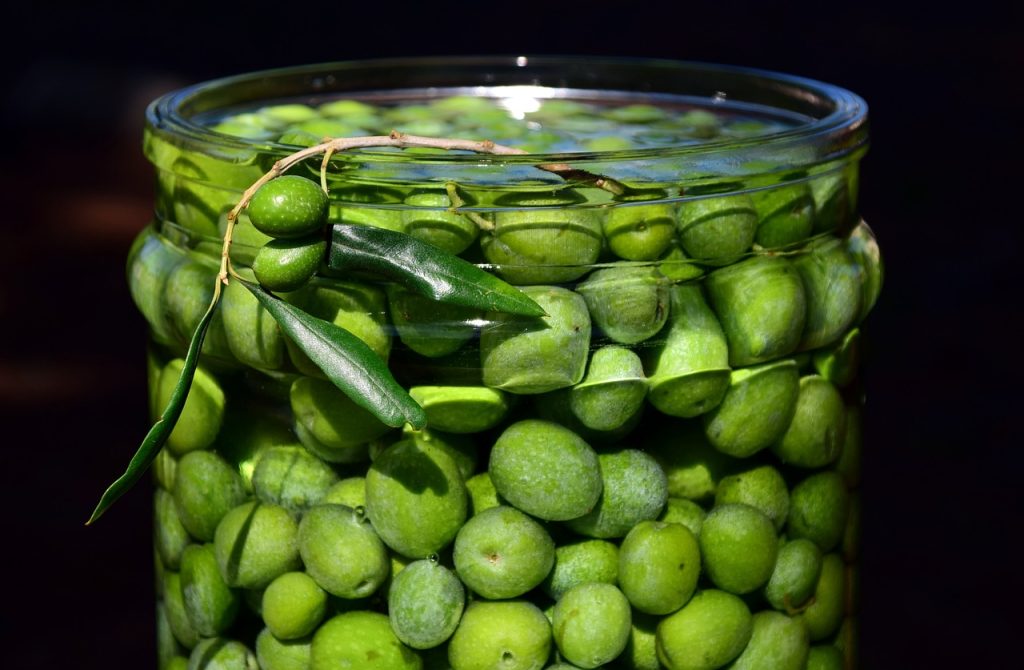
From Tree to Table: Demystifying Olives – Botanical, Culinary, and Cultural Insights
Botanical Clarification: is olive a vegetable or fruit
Olives are definite y classified is olive a fruit or vegetable in botanical terms due to their origin on olive tree and presence of characteristic fruit features like pulpy flesh and a central pit.
Culinary Misconception: Olives and the Vegetable Problem
Despite their botanical classification, olives are often mistakenly associated with vegetables in culinary world, especially when incorporated into savory dishes and salads.
Anatomy Insights: Fleshy Exterior and Central Pit
Awareness anatomy of olives reveals their fruit classification, as they possess a fleshy exterior surrounding a hard pit, aligning with typical fruit characteristics.
Historical Roots: Mediterranean Origin and Cultivation
The rich history of olives, originating from Mediterranean region, plays a crucial role in their classification as fruits, reflecting the extensive cultivation practices over thousands of years.
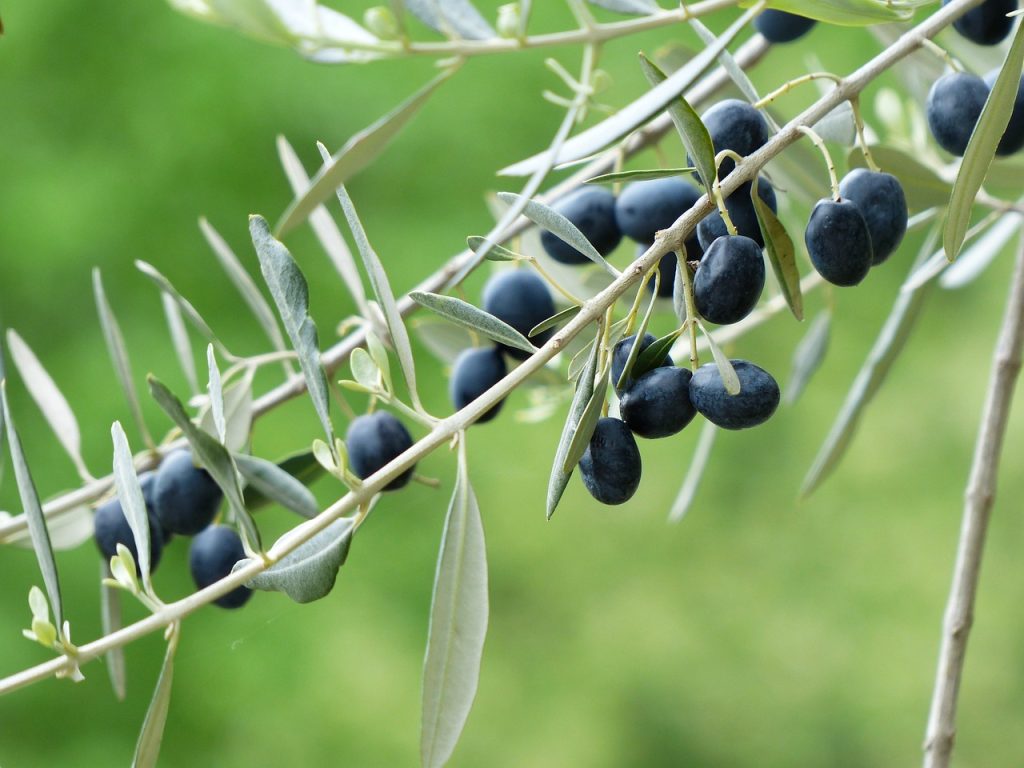
Flavor Perception: Savory Taste Amid Fruity Identity
The good taste of olives, sometimes savory and bitter, might defy expectations, but connecting it to their fruity origin helps reconcile the seemingly contradictory flavors.
Cultural Influences: Regional Perspectives on Olives
Cultural and regional perspectives significantly influence how olives are perceived, contributing to the culinary traditions that sometimes blur distinction between fruits and vegetables.
Practical Implications: Using Olives in Kitchen
Recognizing olives as fruits on a botanical level has practical implications in kitchen, influencing how they are used and appreciated in various culinary creations.
Clarifying Culinary Traditions: Olives in Dishes and Salads
Despite their fruit classification, olives are commonly used in savory dishes and salads, contributing to culinary confusion surrounding whether they are fruits or vegetables.
Nutrition Highlights: Olives as Healthy Fruits
Beyond their classification, it’s worth noting that olives, as fruits, bring nutritional benefits, containing healthy fats and other essential nutrients.
Debunking Myths: Awareness Olives in Simple Terms
Clearing up misconceptions about olives being vegetables, this discussion aims to simplify knowing of their botanical identity as fruits.
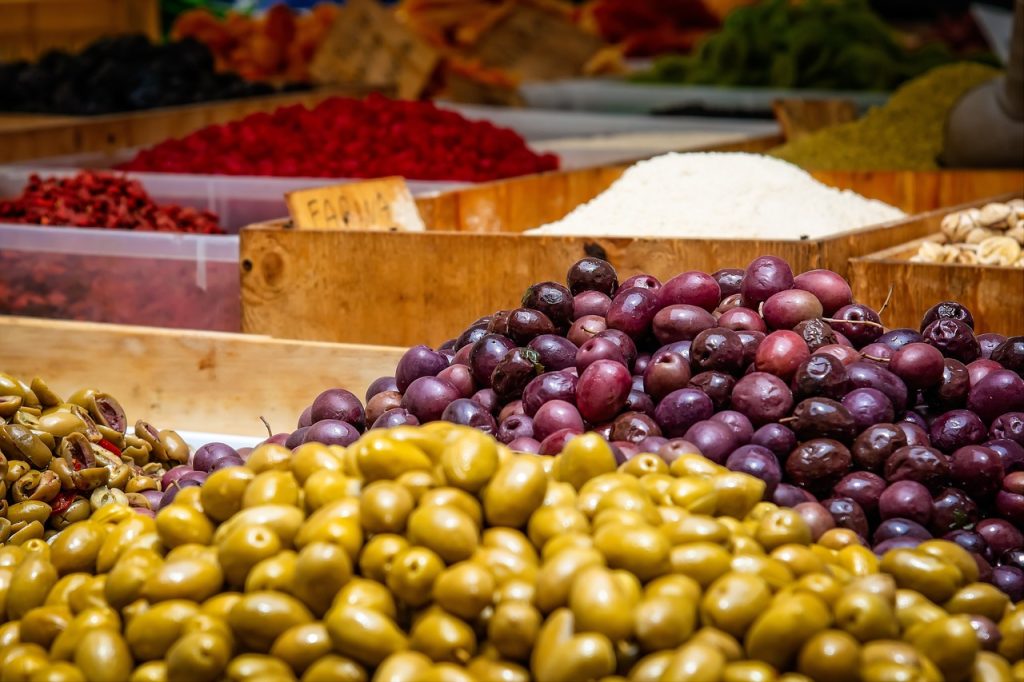
Advantages of Recognizing is olive a fruit or vegetable
Nutritional Benefits
Olives, is olive a fruit or vegetable as fruits, offer nutritional advantages, providing essential nutrients like healthy fats, vitamins, and antioxidants.
Culinary Versatility is olive a fruit or vegetable
Acknowledging olives as fruits opens up culinary possibilities, allowing for creative use in both sweet and savory dishes.
Botanical Clarity is olive a fruit or vegetable
Knowing olives’ botanical identity enhances clarity in discussions about fruits and vegetables, contributing to better knowledge.
Historical Significance
Recognizing olives as fruits highlights their historical significance in Mediterranean cuisine, showcasing cultural importance of these fruits.
Disadvantages of is olive a fruit or vegetable
Misleading Flavors
The culinary misconception may mislead taste perceptions, as savory taste of olives can be contradictory to their botanical classification.
Categorization Challenges
The confusion between fruits and vegetables can lead to challenges in categorizing and organizing ingredients in the kitchen.
Cultural Ambiguity
Culinary traditions that blur lines between fruits and vegetables may contribute to cultural ambiguity surrounding use of olives.
Misinformation Impact is olive a fruit or vegetable
The misconception can perpetuate misinformation, impacting how people perceive and use olives in various culinary contexts.
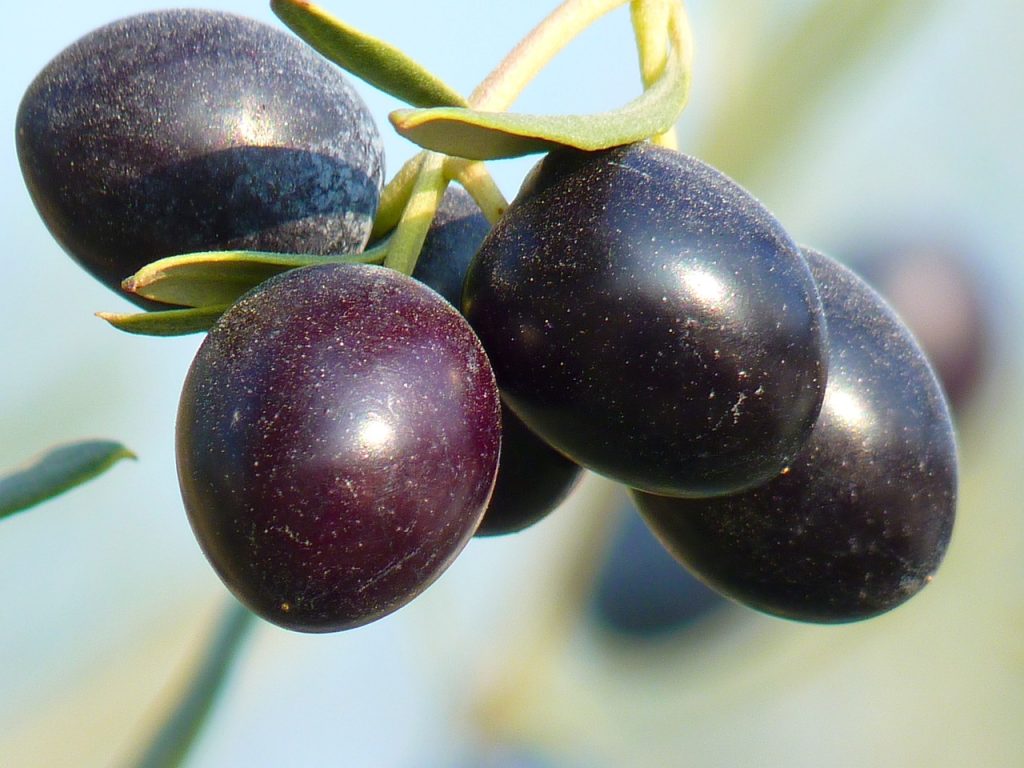
Bottom Line of is an olive a fruit or vegetable
In conclusion, is olive a fruit or vegetable debate over whether olives should be classified as fruits or vegetables adds a layer of complexity to our understanding of these versatile delights.
Botanically, they undeniably fall into fruit category, showcasing pulpy flesh and a central pit. However, is olive a fruit or vegetable in culinary realm, olives often play a dual role, being used in both sweet and savory dishes.
While acknowledging their botanical identity is essential for precision in culinary practices, it’s equally important not to overshadow raretaste and cultural significance of olives.
Embracing diversity they bring to our tables, regardless of classification, allows us to savor rich history. It flavors that is olive a fruit or vegetable offer, making them a delightful addition to a variety of culinary creations.
What is the botanical classification of olives?
Botanical Classification: Olives are fruits due to their origin on the olive tree and the presence of pulpy flesh surrounding a central pit.
Why do some people think olives are vegetables?
Perceived Vegetable Qualities: Olives’ frequent use in savory dishes and salads contributes to the misconception that they are vegetables, despite their clear botanical fruit classification
How does the culinary use of olives contribute to the confusion of their classification?
Culinary Confusion: Olives’ versatile use in both sweet and savory dishes leads to culinary confusion, as their taste and applications span across various flavor profiles.
Can the taste of olives help determine whether they are fruits or vegetables?
While the savory and sometimes bitter taste of olives might suggest a vegetable association, understanding their botanical characteristics reveals their true identity as fruits
What characteristics of olives place them in the fruit category?
Fruit Characteristics: Olives’ possession of a fleshy exterior and a central pit aligns with typical characteristics of fruits, placing them firmly in the fruit category despite their common use in savory dishes.
